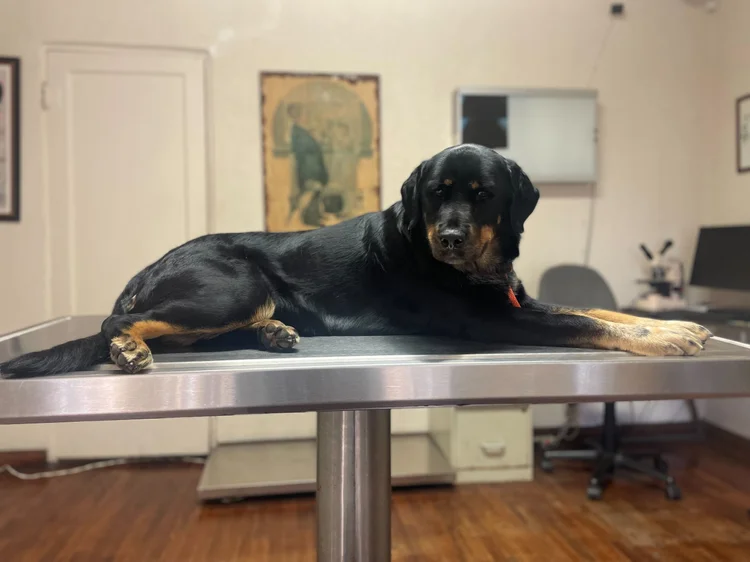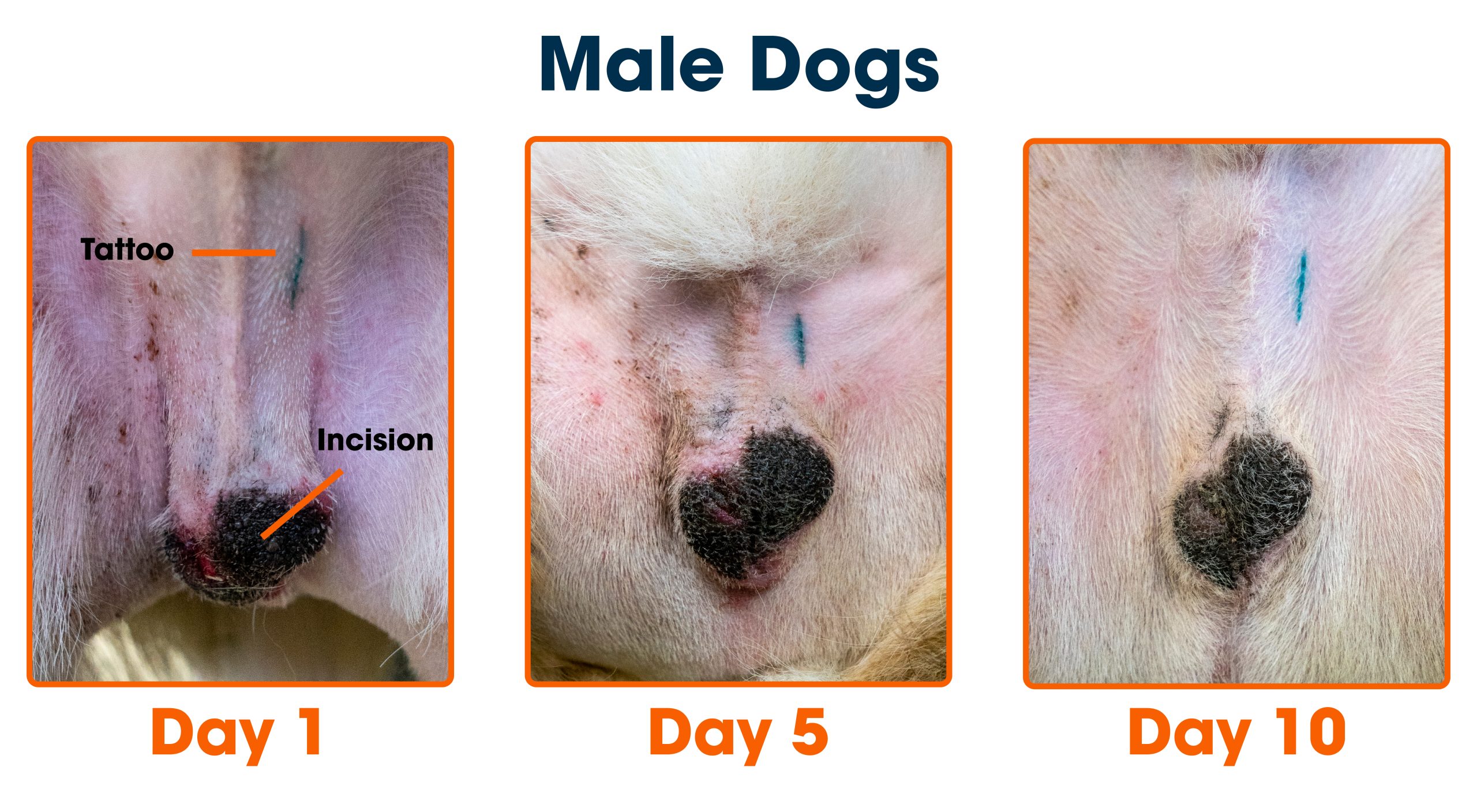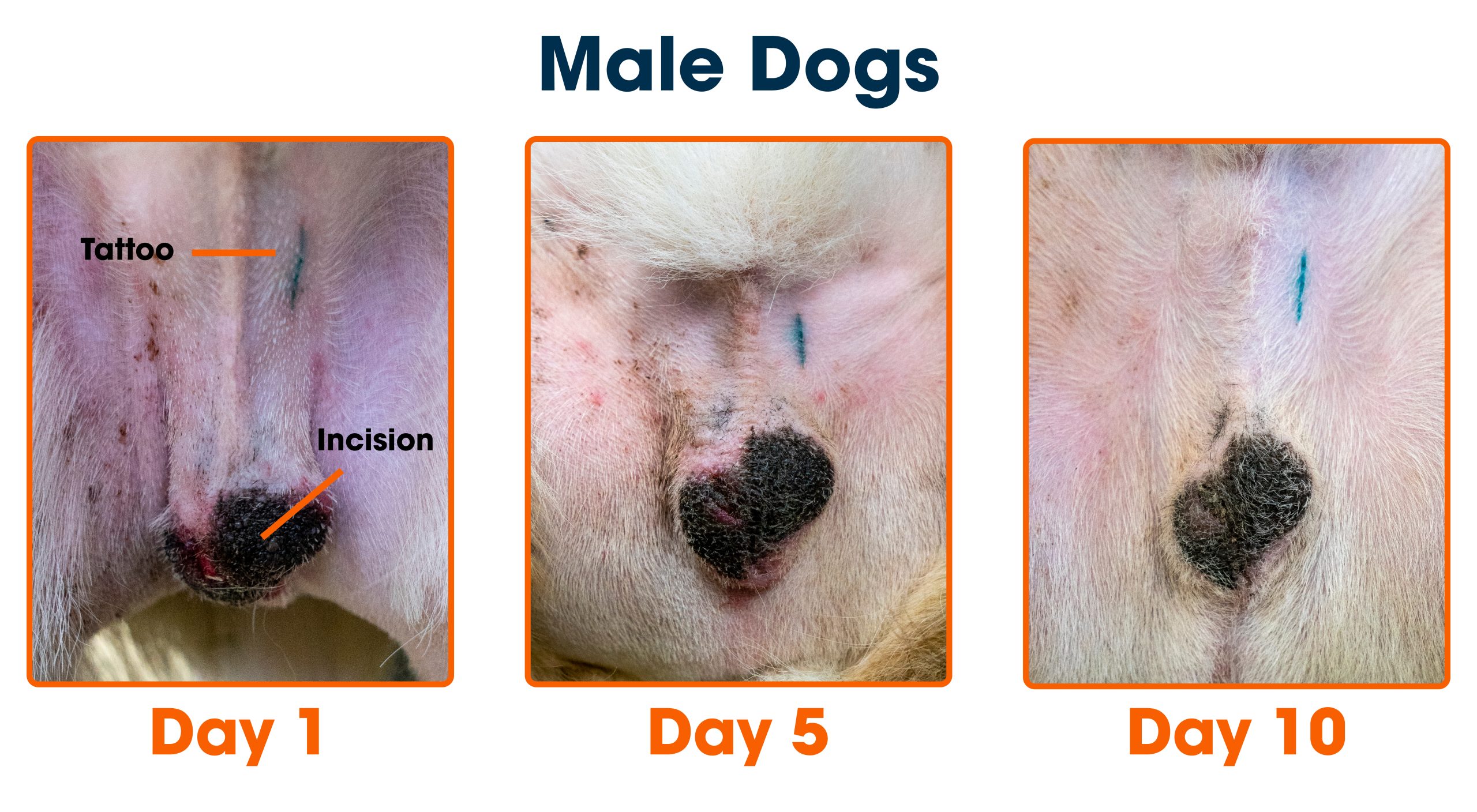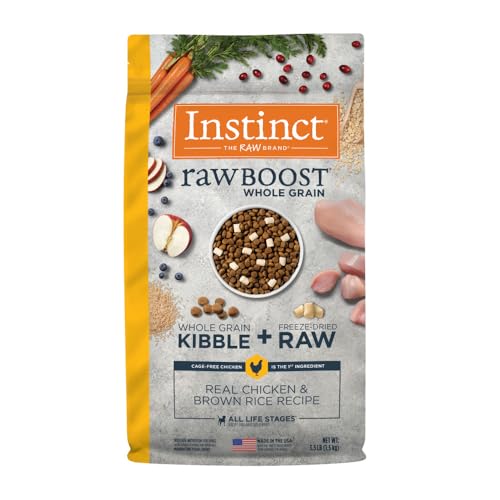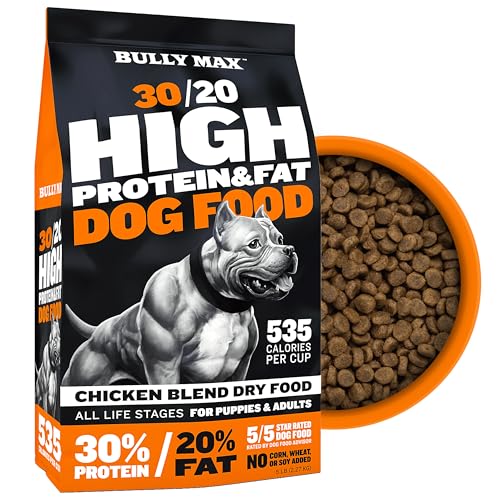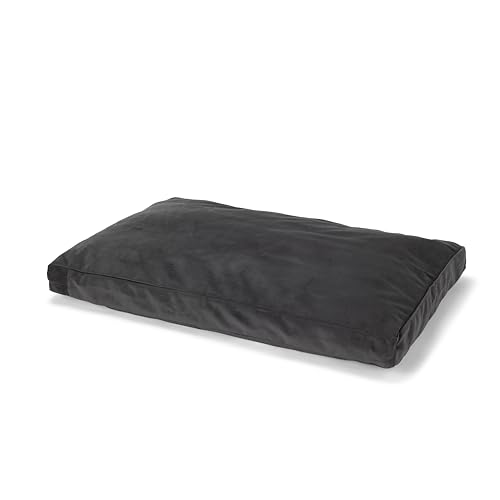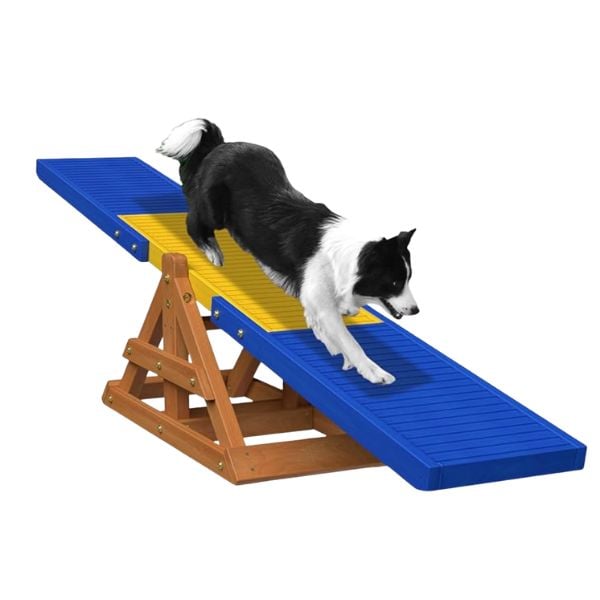Are you ready to take your dog’s training to the next level? Building agility equipment for your dog at home is easier than you think.
Not only will it save you money, but it also gives you the chance to customize each piece to fit your dog’s needs perfectly. Imagine the excitement on your dog’s face as they dash through tunnels, leap over hurdles, and weave through poles you made yourself.
You’ll discover simple, step-by-step ways to create safe and fun agility gear. Keep reading, and you’ll soon have everything you need to turn your backyard into a thrilling playground your dog will love.
Choosing Materials
Choosing lightweight, sturdy materials ensures safety and durability for your dog’s agility equipment. Focus on non-toxic, weather-resistant options that withstand outdoor use. Simple tools and supplies help create effective and safe training gear at home.
Choosing the right materials for your dog agility equipment is crucial. It ensures safety, durability, and keeps costs in check. Selecting the right materials can make the difference between a fun training session and a potential hazard.
Safe And Durable Options
Safety should be your top priority. Opt for materials that are sturdy yet gentle on your dog’s paws. PVC pipes are excellent for jumps and weave poles. They are lightweight and easy to handle. Wooden planks can be used for ramps and seesaws. They offer stability and can be sanded smooth to prevent splinters. Consider rubber mats for surfaces. They provide grip and cushioning, reducing the risk of injury.
Budget-friendly Choices
Building agility equipment doesn’t have to break the bank. Use recycled materials like old tires for tunnels. They are durable and cost-effective. Cardboard boxes can serve as temporary obstacles. They are cheap and easy to replace. Look for deals at local hardware stores. Buying in bulk can save money on supplies like screws and bolts.

Credit: www.dogparkoutfitters.com
Essential Equipment Pieces
Building your own agility equipment for your dog can be rewarding and fun. Focusing on the essential pieces ensures your dog gets a well-rounded workout and learns key skills. These pieces not only challenge your dog but also keep training sessions exciting and motivating.
Jumps And Hurdles
Jumps are the foundation of any agility course. You can use PVC pipes or wooden dowels to create adjustable bars that fit into simple stands. This lets you change the height as your dog improves or if you have dogs of different sizes.
Make sure the bars are lightweight and safe to knock down without hurting your dog. Think about adding colorful tape or paint to make them visually appealing and easy for your dog to see. Ever noticed how your dog’s excitement jumps alongside them? That’s the energy these hurdles bring.
Tunnels
Tunnels help your dog practice speed and confidence while navigating tight spaces. A collapsible fabric tunnel is easy to store and moves with you if you train outdoors. If you want a sturdier option, use flexible plastic piping covered with fabric for comfort and durability.
Start with shorter tunnels and gradually increase their length as your dog gets comfortable. Have you tried guiding your dog through a tunnel using treats? It’s a simple trick to build trust and excitement.
Weave Poles
Weave poles test your dog’s agility and precision. Use PVC pipes stuck into the ground or mounted on a base to create a straight line of poles spaced evenly apart. The standard spacing is about 24 inches, but you can adjust it depending on your dog’s size and skill level.
Practice patience with your dog here; weaving takes time to master. Try guiding your dog with a toy or treat to encourage smooth, confident weaving movements. Have you noticed how your dog’s focus sharpens as they weave through the poles?
A-frames
A-Frames build your dog’s strength and balance. Construct two wooden ramps connected at the top to form a triangle. Cover the ramps with non-slip material like outdoor carpet or rubber mats to keep your dog safe.
Start training on a low incline before raising it to the full height. Using commands consistently helps your dog understand when to climb up and down. How does your dog respond to new challenges like this? Sometimes, their confidence surprises you.
Step-by-step Construction
Building agility equipment for your dog can be a rewarding project that strengthens your bond and sharpens your pet’s skills. Each piece of equipment serves a unique purpose in training and exercise, so crafting them carefully is key. Let’s break down how to create essential agility gear that is safe, durable, and fun for your dog.
Building Jumps
Start with lightweight, sturdy materials like PVC pipes or wooden dowels to build the jump bars. Make sure the height is adjustable to suit your dog’s size and skill level.
Use two strong side supports with holes drilled at different heights. This allows you to move the jump bar up or down easily.
Stability is crucial—add wide bases or stakes to prevent the jump from tipping over. Have you considered how easy it will be to reset the jump during training sessions?
Making Tunnels
Choose flexible yet durable fabric or collapsible tubing for the tunnel structure. Nylon or waterproof canvas works well for outdoor use.
Create a frame using lightweight hoops spaced evenly inside the fabric to keep the tunnel open. Ensure the length is appropriate for your dog’s confidence and stamina.
Secure the tunnel to the ground with stakes or weights to prevent movement. Have you thought about adding bright colors or patterns to make it more inviting?
Creating Weave Poles
Select smooth, sturdy poles such as PVC or wooden dowels about 1 to 1.5 inches in diameter. Poles should be evenly spaced—usually 18 to 24 inches apart—to guide your dog’s weaving motion.
Mount the poles on a solid base or secure them into the ground for stability. Mark the base clearly so you can keep the spacing consistent every time.
Test the poles yourself by walking through the space; your dog should be able to move comfortably without tripping. How will you encourage your dog to learn the weaving pattern quickly?
Assembling A-frames
Use two large wooden panels hinged at the top to form a steep, stable ‘A’ shape. The panels should be covered with non-slip material like rubber mats or outdoor carpet for traction.
Set the A-frame’s height and angle based on your dog’s ability. The surface should be wide enough for safe footing but not so steep that your dog feels unsure.
Add side supports or braces to keep the frame steady during use. How will you introduce your dog to climbing the A-frame without hesitation?
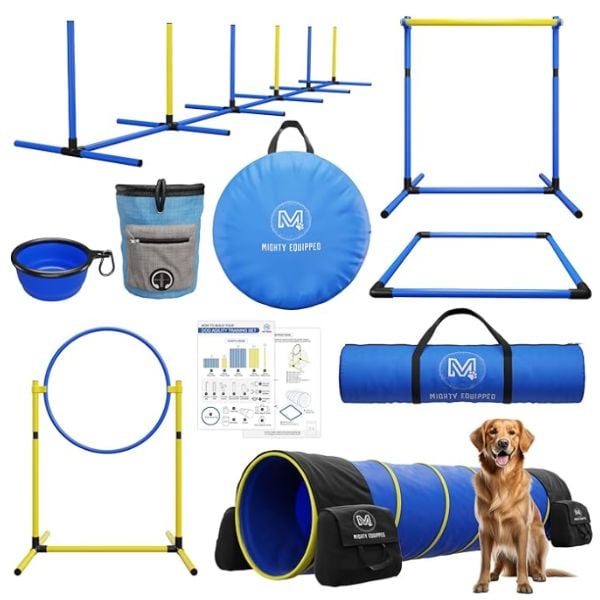
Credit: www.caninejournal.com
Safety Tips
Building agility equipment for your dog is fun and rewarding. Safety must always come first. Proper safety measures protect your dog from harm. They also help your dog enjoy training more. Follow these simple safety tips to keep your dog safe and happy.
Material Safety Checks
Choose materials that are strong and non-toxic. Avoid sharp edges or splinters that can hurt your dog. Check all parts for loose screws or nails. Use smooth wood or durable plastic to prevent cuts. Test the equipment for stability before use. Regularly inspect for wear and tear. Replace damaged parts immediately to keep safety high.
Proper Sizing For Your Dog
Make sure the equipment fits your dog’s size well. Too big or too small can cause accidents. Measure your dog’s height and length before building. Adjust obstacle heights and widths accordingly. Provide enough space for easy movement. Proper sizing helps your dog move confidently and safely.
Preventing Injuries
Use soft landing surfaces like grass or mats. Avoid hard or slippery floors that cause falls. Warm up your dog before training to prevent muscle strain. Watch your dog closely during exercises. Stop if your dog shows signs of pain or tiredness. Train in short sessions to avoid exhaustion. Safety means less risk of injury and more fun.
Training With Diy Equipment
Training your dog with DIY agility equipment is a fun and cost-effective way to build skills. Using homemade gear helps your dog get used to obstacles in a familiar space. This approach also strengthens your bond through shared activities. Start slow and keep sessions short to maintain your dog’s interest and focus. Consistency and patience are key to successful training.
Introducing Your Dog To Equipment
Let your dog explore the new equipment naturally. Allow sniffing and touching before any commands. Use treats to create positive associations with the gear. Avoid forcing your dog onto or over obstacles too soon. Praise calm and curious behavior around the equipment. Repeat short introductions over several days for comfort.
Basic Agility Commands
Teach simple commands that guide your dog through the course. Use clear, short words like “jump,” “tunnel,” and “weave.” Show the action yourself or with a leash gently guiding. Reward your dog immediately for following commands correctly. Practice commands one at a time before combining them. Keep training sessions upbeat and rewarding.
Encouraging Confidence
Confidence grows with positive experiences and success. Celebrate small wins with treats and praise. Avoid punishment if your dog hesitates or makes mistakes. Help your dog feel safe by staying close during training. Gradually increase the difficulty of tasks to build trust. Confidence leads to faster learning and more fun on the course.
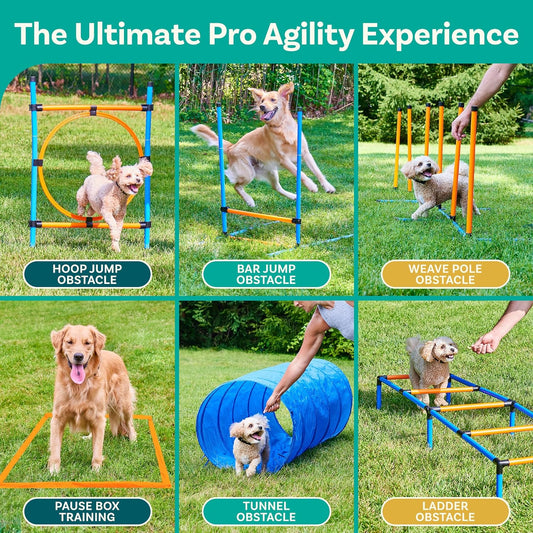
Credit: petcoveshop.com
Maintenance And Storage
Keeping your dog’s agility equipment in top shape is key to safe and effective training sessions. Regular maintenance and smart storage protect your investment and ensure your dog stays injury-free. Let’s look at practical ways you can clean, store, and inspect the gear you’ve built.
Cleaning Equipment
After a fun training day, dirt and sweat can build up on your equipment. Use a damp cloth with mild soap to wipe down surfaces like tunnels, jumps, and weave poles. Avoid harsh chemicals that could harm your dog or damage materials.
For fabric parts, like tunnel covers or soft obstacles, check if they are machine washable. If so, wash them on a gentle cycle and air dry to keep them fresh. Regular cleaning prevents odors and extends the life of your gear.
Storing Properly
Where and how you store your agility equipment affects its durability. Choose a dry, shaded area to avoid sun damage and moisture buildup. If space is tight, use hooks or shelves to keep items organized and off the ground.
Consider using storage bins for smaller pieces like cones or poles. Labeling these bins can save you time during training sessions. Have you noticed how a cluttered space can slow down your setup? Keeping things tidy speeds up your routine.
Regular Inspections
Take time to inspect your equipment regularly for signs of wear and tear. Look for cracks in plastic parts, loose screws, or fraying fabric. Catching these issues early prevents accidents during training.
Make a checklist to track inspection dates and findings. This simple step helps you maintain a safe environment for your dog. How often do you pause to check your gear? Setting a routine could make all the difference.
Frequently Asked Questions
What Materials Do I Need To Build Dog Agility Equipment?
You need durable PVC pipes, connectors, wood planks, and non-slip paint. These materials are safe, lightweight, and weather-resistant for outdoor use.
How Can I Build A Simple Dog Agility Jump?
Use two vertical PVC pipes and a horizontal bar. Adjust the bar height based on your dog’s size and secure it firmly.
What Safety Measures Should I Consider In Agility Equipment?
Ensure all edges are smooth and non-toxic. Use stable bases to prevent tipping and avoid materials that can hurt your dog.
How Do I Customize Agility Equipment For My Dog’s Size?
Measure your dog’s height and length. Adjust jump bars and tunnels accordingly to fit comfortably and challenge your dog safely.
Conclusion
Building agility equipment for your dog can be fun and rewarding. Start with simple tools like tunnels and jumps. Use safe, sturdy materials to protect your pet. Watch your dog’s reactions and adjust the setup as needed. Training together strengthens your bond and keeps your dog active.
Enjoy the process and celebrate small progress every day. With patience and care, your dog will love the new challenges. Keep practicing regularly for the best results. Happy training!

